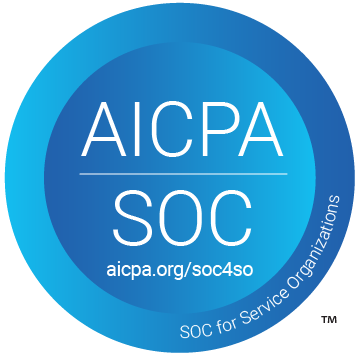Learn how to automate home tutoring bookings via WhatsApp using Pabbly Chatflow. Follow our step-by-step guide for seamless integration and efficient management. Build conversational workflows that guide visitors toward conversion with dynamic, branching dialogs that respond intelligently to user input.
Watch Step By Step Video Tutorial Below
1. Creating a WhatsApp Chatbot Using Pabbly Chatflow
To automate home tutoring bookings via WhatsApp, the first step is to create a WhatsApp chatbot using Pabbly Chatflow. This platform allows you to build a chatbot that interacts with users and collects necessary information.
Start by accessing Pabbly Chatflow through the URL Pabbly.com/chatflow. Sign up for a free account to get 100 credits every month. Once logged in, navigate to the dashboard and click on ‘Add WhatsApp Number’ to integrate your WhatsApp account.
2. Setting Up the Chatflow for Home Tutoring Bookings
After creating your WhatsApp chatbot, it’s essential to set up the flow in Pabbly Chatflow. Click on ‘Flows’ in the sidebar and then select ‘Add Flow’ to create a new flow. Name it ‘Automate Home Tutoring Bookings for WhatsApp’ and set the trigger event to ‘Keyword Rejects Match’. This will initiate the chatbot when users send specific keywords.
- Enter keywords like ‘tutor’ and ‘home’ to trigger the chatbot.
- Add a list message to prompt users for their subject preferences.
Once the keywords are set, you can create a list message for subjects like Math, English, and Coding. Customize the header and body of the list to provide clear options for the users.
3. Collecting User Information via Pabbly Chatflow
After users select their subject, the next step is to collect their information using Pabbly Chatflow. You will ask questions regarding their full name, preferred mode of tutoring, and timing. Use the ‘Ask Question’ action to prompt users for this information.
- Ask for the full name and map it to the corresponding contact custom field.
- Inquire about the preferred mode (online/offline) and timing.
Once the information is gathered, you can store it in a Google Sheet using the integration capabilities of Pabbly Chatflow.
4. Integrating Google Sheets with Pabbly Connect
To save the user responses into a Google Sheet, you will use Pabbly Connect in conjunction with Pabbly Chatflow. Start by creating a workflow in Pabbly Connect and select Pabbly Chatflow as the trigger app. Set the event to ‘New Message Received’.
After connecting, copy the provided webhook URL and paste it into the API request section of Pabbly Chatflow. This will allow you to send the collected data to Google Sheets.
Map the fields appropriately in Pabbly Connect to ensure that the data from the chatbot flows into the correct columns in your Google Sheet.
5. Finalizing the Chatbot Flow and Confirmation Message
After setting up the integration with Google Sheets, finalize your chatbot flow in Pabbly Chatflow. Add a confirmation message that thanks the user for their booking and informs them that their details have been recorded. This enhances user experience and provides assurance.
Click on the ‘Save’ button to update your flow. You can test the chatbot by sending a message through WhatsApp and observing how the automated responses are delivered.
With this setup, your WhatsApp chatbot for home tutoring bookings is fully operational, allowing you to manage bookings efficiently.
Conclusion
In conclusion, using Pabbly Chatflow to automate home tutoring bookings via WhatsApp streamlines the enrollment process and enhances user interaction. This step-by-step guide demonstrates how to create a functional chatbot that collects user data and stores it in Google Sheets.
Ensure you check out Pabbly Connect to create business automation workflows and reduce manual tasks. Pabbly Connect currently offer integration with 2,000+ applications.
- Check out Pabbly Connect – Automate your business workflows effortlessly!
- Sign Up Free – Start your journey with ease!
- 10,000+ Video Tutorials – Learn step by step!
- Join Pabbly Facebook Group – Connect with 21,000+ like minded people!






